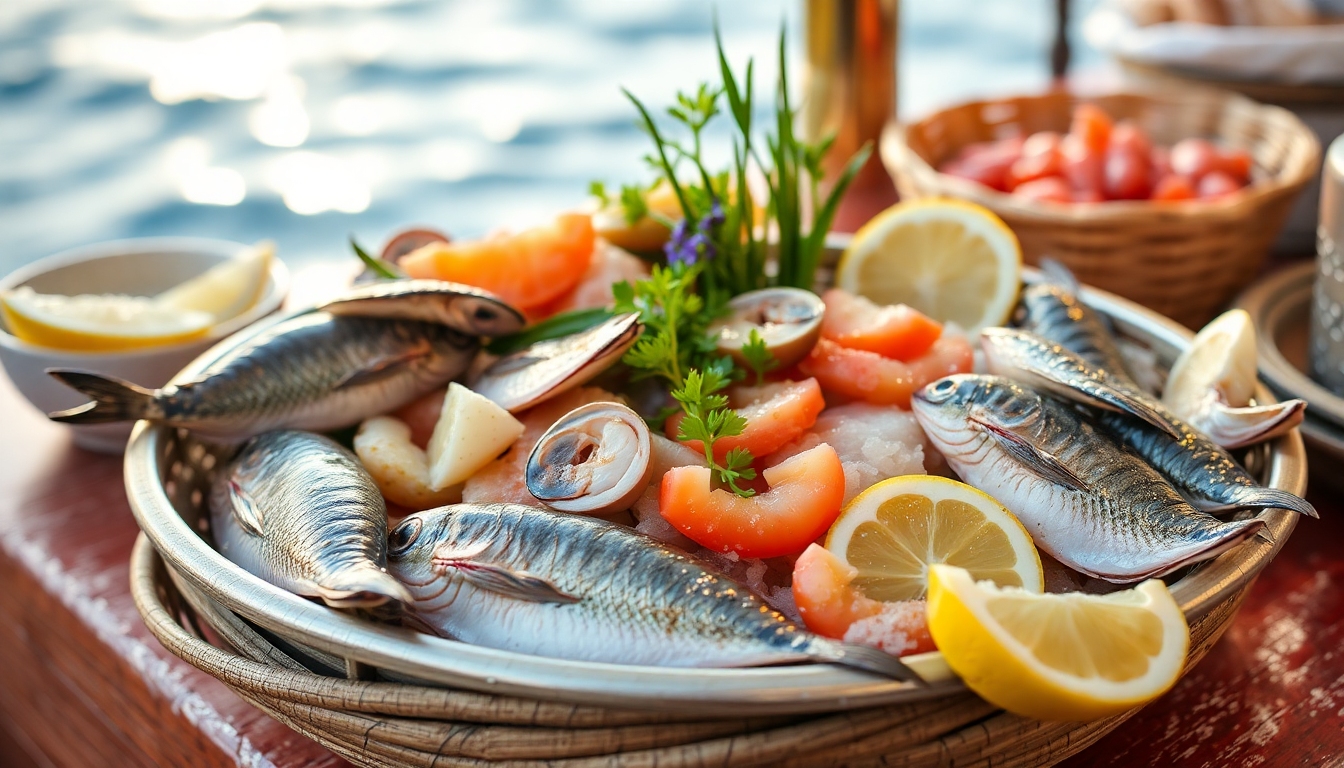Sea Food
Sea food
The seafood quality control process involves a variety of methods to ensure that seafood is safe, fresh, and high quality.
All-inclusive
From us$199
Book Now
Seafood is one of the most popular products being traded all over the world, making it flagship items for import and export in many countries especially in Southeast Asia. Hence, the quality of seafood is vitally important that requires a lot of protocols to preserve it. This article will indicate some quality inspections that are usually applied in seafood industry.
Given these risks, it is crucial for companies that work with seafood to follow safety standards and implement quality control practices.
At BQIS we are proud of our commitment to safety and quality. We base food safety standards on compliance with European legislation and adherence to widely recognized international standards, such as IFS (International Featured Standards). In addition, compliance with requirements under the ASC/MSC (Aquaculture Stewardship Council/Marine Stewardship Council) and BIO standards.
In addition to complying with these standards and regulations, the company has implemented a series of rigorous quality control practices in all of its processing plants to ensure that products will not cause harm to the health of consumers. These practices include:


The identification of allergens on labels is verified daily in 100% of the batches produced in the manufacturing room to guarantee the safety of consumers with food allergies. Also, it is also important to include information about the product formulation and ingredient specifications of the finished products.






“All of these practices are intended to bring products to the market that meet the specifications agreed upon with the client and, mainly, that are safe for consumers,” says Miriam Rivera.
Ultimately, seafood can be highly perishable and susceptible to microbiological and chemical contamination. Therefore, it is essential to ensure food safety on seafood products. This can be done by carrying out rigorous quality controls to ensure that seafood and fish products are safe for human consumption.
Consumers have the right to consume the highest quality food products that do not pose any risk to their health. For this reason, quality assurance food safety must be a commitment of all companies in this sector.
Let’s Chat
Donec sollicitudin molestie malesuada. Praesent sapien massa, convallis a pellentesque nec, egestas non nisi. Praesent sapien massa, convallis a pellentesque nec.
